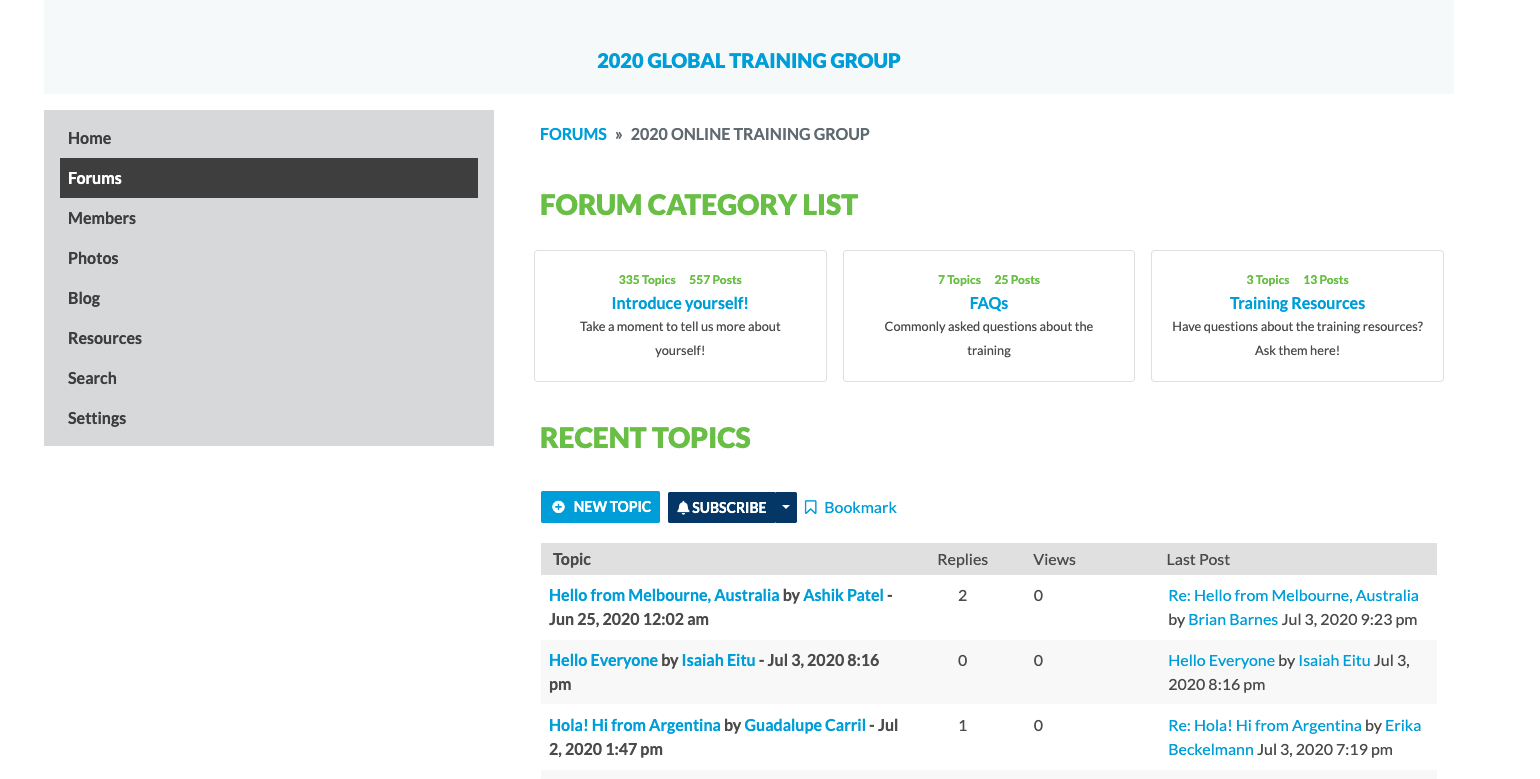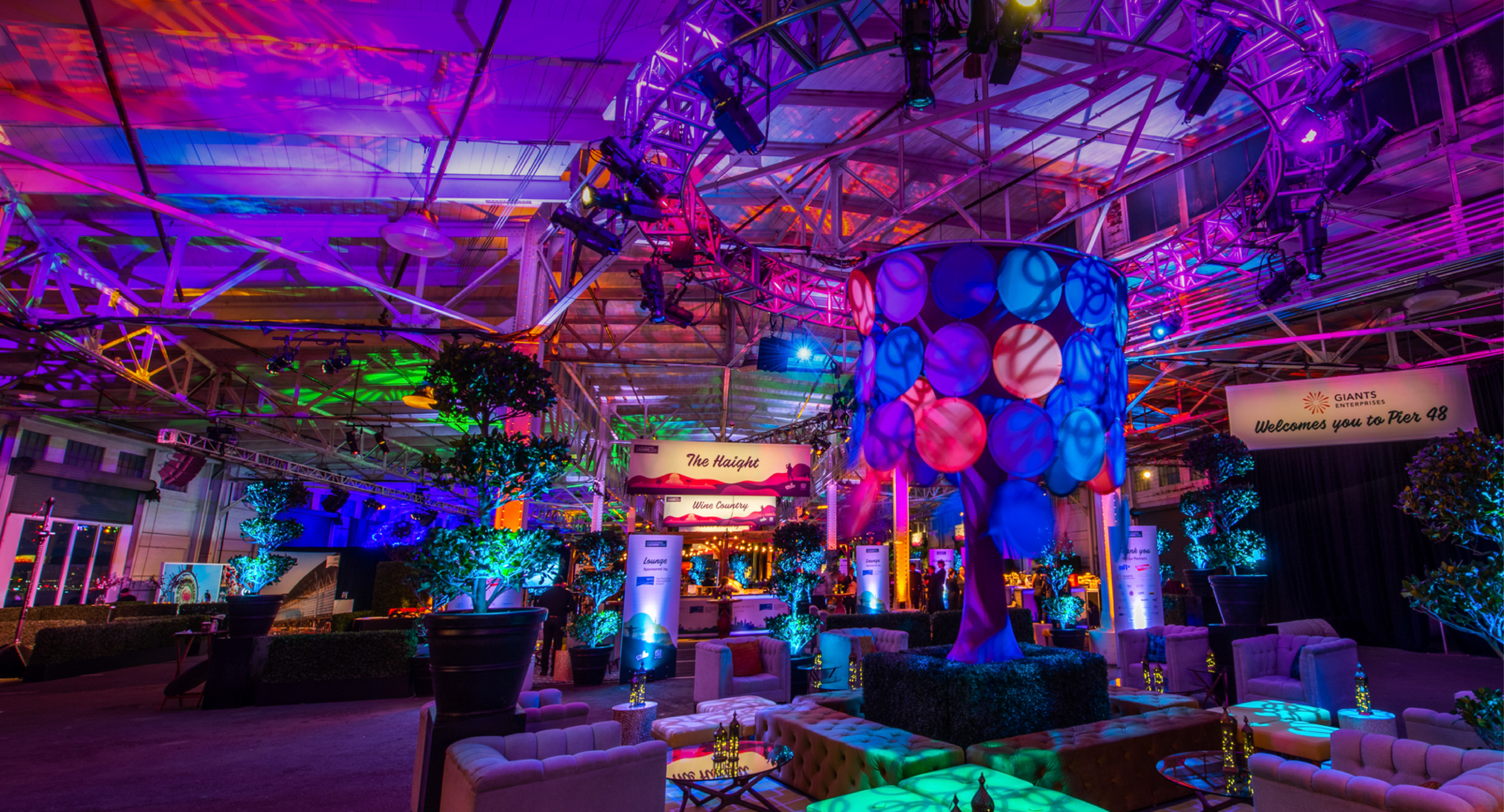The Climate Reality Project Goes Big + Goes Virtual | Part 1
Friday August 21, 2020
5 Min Read
Part 1 of 3
It has been said that challenge breeds opportunity. No doubt about it, 2020 has bred…a lot…of opportunity.
Following the impact of the coronavirus pandemic on large group gatherings, the team behind The Climate Reality Project quickly realized that their in-person training forums would have to be completely reimagined.
Waiting until the global health emergency was over to resume these mission-critical events, which typically take place over three days for 1,500 attendees each, was simply not an option.
Opportunity strikes.
Taking stock of the situation, the Climate Reality team set out to select a production partner who could guide them through the technical unknowns and creative questions ahead of them as they brought these training sessions online.
Our team at Hartmann Studios was proud to step up and take on the challenge.
Methodically, over a period of 10 weeks, we examined all of the options and opportunities available to successfully bring The Climate Reality Project’s Global Leadership Training Corps events to life, virtually.

Opportunity: How can we build effective communities virtually?
1. Stick to the mission.
Creating human connection at a virtual event is something we think a lot about.
Keeping that goal top of mind, we started at the beginning, examining The Climate Reality Project’s stated purpose:
Our mission is to catalyze a global solution to the climate crisis by making urgent action a necessity across every sector of society.
For years, this mission has been primarily achieved through face-to-face training and interaction between experts in the field of climate change and motivated individuals who wish to be agents of change in their own communities, working together toward a common goal.

In an attempt to leverage the virtual environment, and combine several regional meetings into one, the Climate Reality team cast out a wider net. Originally, they anticipated having 5,000 participants.
As requests to join the training rolled in, it became clear that demand for the training would exceed expectations. With an overwhelming response to what the virtual event could offer, the participant count was increased to 10,000 and a second virtual training has been scheduled to happen four weeks after the first.
Offering the training across time zones and eliminating the barriers of travel boosted the virtual event’s reach across the world.
2. Make it easy to join.
Two things make a new virtual experience easy.
- Technology that works
- Communication that is simple and concise
The virtual platform tech stack designed by our Hartmann Studios production team proved to be a major workhorse. Over nine days, the global attendees participated in five days of live sessions while also completing breakouts and skill-building on-demand sessions.
Alongside the web interface, attendees were empowered to engage on a companion mobile app, which also housed most of the live and on-demand content. Push notifications and live polls bolstered communication between the attendees and the event organizers.
What’s a tech stack? In this case, it’s the set of technologies or software components that come together to form a fully functional platform needed to run a service–like a virtual conference.
In order to be successful, our tech stack needed to accomplish several things:
- Integrate with Climate Reality’s existing registration system
- Be secure
- Be available in both web-based and mobile-friendly environments
- Function flawlessly around the world
- Facilitate seamless transitions from live keynotes with all the attendees to small group mentor sessions
With the technology in place, we designed a communication plan that cut to the chase and guided participants through each step of the process.
- Pre-event, an informative email confirmation that registration was successfully completed.
- During the event, attendees watched both a welcome and a platform orientation video to set them off in the right direction. From there, all key information was available on the event site’s home page.
- And after the event, attendees who successfully complete the training will continue to engage on the Climate Reality portal which contains all of the tools the newly minted Climate Reality Leaders will need.

3. Create manageable groups and empower them to communicate easily.
There were three important ways attendees experienced training and networking in small, well-connected groups.
- Table work groups: Each attendee was assigned to a table work group, including 15-20 individuals plus a mentor to moderate and lead discussions. The groups met four times over the course of the virtual training, following key live sessions.We tailored the individual experience to link each attendee directly to their assigned group with the click of a single button. This avoided confusion and searching through 547 different Zoom meetings.
(More on table work in part two of this blog series.)

- Speed networking groups: Attendees were also given the option to join speed networking groups where training attendees could make connections and build relationships around shared values and interests. Each speed networking event held up to 250 attendees.
- Chapter and branch groups: Finally, attendees were assigned to one of 26 chapter and branch groups, based on their location. Here, they received more information on their local level and connected with others in their immediate area.
All of these efforts were complemented by the Reality Hub, Climate Reality’s existing online community forum.

Coming up! In the next part of this blog series, we’ll talk about:
- Capturing high-quality footage of a keynote speaker who is totally isolated
- Facilitating table work for thousands of people (simultaneously!)
- And meeting the needs of participants spread over 17 different time zones
At Hartmann Studios, we solve business challenges regardless of the environment, made possible through our talented in-house team of experts in creative development, communications, technical production, audience engagement, brand messaging and storytelling.
See Part 2 to Keep Reading
Read more stories
View AllAll Posts
4 Ways Environmental Designers Support Creative Event Production
Event design draws us out of our everyday environments. Dynamic displays, scenic builds and dramatic stages capture the audience’s attention. Customized spaces come together thanks to the behind-the-scenes talents of environmental designers. These solution-oriented event production experts believe great event design shouldn’t just look incredible. Thoughtful design elements open minds and promote interaction. Here are...
4 Min Read
All Posts
Elevating Event Production with AI Tools
As artificial intelligence (AI) emerges as a redefining force in creative event production, curiosity is key. Experimenting with prompts helps Hartmann Studios’ production designer, Greg Sullivan, leverage industry-disrupting tools to inspire and streamline his work. He’s defined his dynamic career around constantly learning to meet the next wave of technological advancements. In the mid-1990s, when...
5 Min Read
All Posts
Engaging Main Stage Production with Jayne Samuels
What you need to know Jayne Samuels’ background as a performer informs her approach to event production. A former dancer, she embraces the complex choreography of staging corporate events as a fun, fast-paced challenge. As an executive keynote producer, Jayne leads dozens of team members toward achieving event visions that entertain and inspire audiences. She...
5 Min Read



